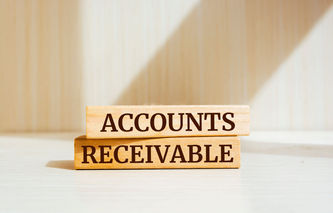Definition
The financial accounting term direct write-off method refers to an uncollectible accounts receivable process that records bad debt expense in the same accounting period the company determines the debt will never be collected. The direct write off method is typically used when calculating income taxes owed.
Explanation
Unfortunately, not all customers that make purchases on credit will pay companies the money owed. There are two methods companies use to account for uncollectible accounts receivable, the direct write-off method and the allowance method.
The direct write-off method does not involve estimates of bad debt expense. Instead, it relies on reports of accounts receivable the company has determined will not be collected. If write off is not material, this method can be used in financial reports. Typically, it's restricted to income tax purposes since the IRS allows the company to deduct bad debts expense once a specific uncollectible account has been identified.
The allowance method records an estimate of bad debt expense in the same accounting period as the sale. The allowance method is used to adjust accounts receivable in financial reports. Since it will often take months for companies to identify specific uncollectible accounts, the direct write off method violates the matching principle, which requires companies to match expenses with revenues in the same accounting period.
When a company identifies a specific accounts receivable that will not be collected, the direct write-off method requires a journal entry that credits the account receivable and records a corresponding debit to bad debts expense.
Example
Company A has attempted to collect $6,350 from Company XYZ for several months. Company A's collection department has been informed that Company XYZ has gone out of business, and they have instructed the process owners to write off the amount owed.
For income tax purposes, the journal entry to account for this write-off would be:
Date | Account | Debit | Credit |
3/31/20XX | Bad Debts Expense | $6,350 | |
Accounts Receivable: Company XYZ | $6,350 | ||
Write off of Company XYZ |






